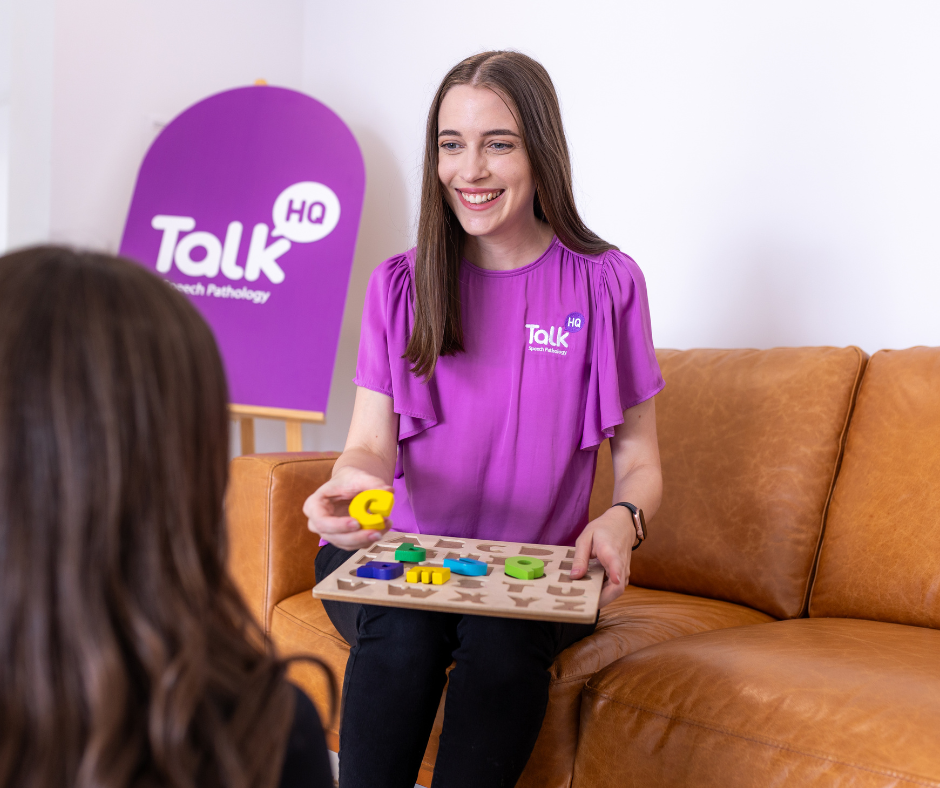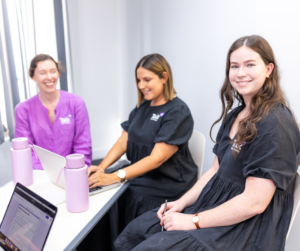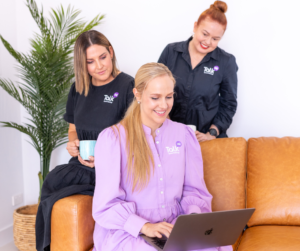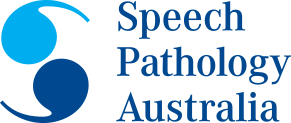Augmented and Alternative Communication (AAC)
AAC helps to give everyone a voice. Using AAC with your child can increase their vocabulary, ease their frustrations with communication and give your child a voice. Augmented and alternative communication can be high-tech or low-tech, aided or unaided.
How can augmented communication help your child?
We all use augmented communication every day. Augmented communication adds to your child’s verbal communication. It is an additional method of communication that they may use to increase their vocabulary or make their point clearer. This may be as simple as using gestures and facial expressions or can be more structured such as Key Word Sign.
You may observe this in your child when they say “look” and point to the thing that they want you to look at, or when they smile, letting you know that they are happy.
How can alternative communication help your child?
Alternative communication is a way to communicate instead of using verbal communication. This provides a communication method to those who may not otherwise have a voice.
An example of this may be using a device or images to communicate their message.
What do we mean by aided and unaided communication?
Your child may be able to communicate using only their own body (unaided) or may use something external to their body to aid in their communication. Unaided AAC may include gestures, hand signals, and facial expressions. Aided AAC occurs when your child uses an external device to communicate. This may include tablets, word/picture cards, and paper-based options.
What is the difference between high-tech and low-tech systems?
AAC includes a diverse range of communication styles and systems. High-tech options within AAC can include apps and programs on tablets (such as Proloquo2Go) that help your child to communicate. Low-tech options may include paper-based options such as a PODD book, or word/picture cards, but also includes unaided options such as gestures and facial expressions.
How long will your child use AAC for?
AAC may be a long-term option and can provide a lifelong system for communication. However, it may be used as a tool to aid language or speech development. AAC may also be used in a temporary setting within rehabilitation.
If you want to know more please contact us!







